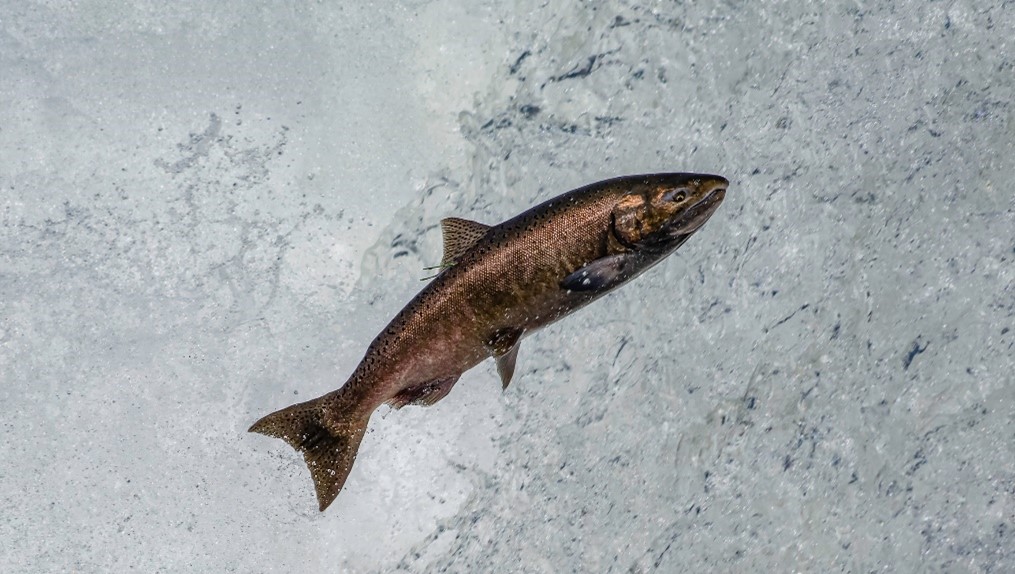BY RICH DESMOND AND RON STORK
Stop and ponder this for a moment: In the American River passing through the Sacramento metroplex, giant fish swim by after surviving three or more years in the wild Pacific Ocean. These are our native fall-run chinook salmon. For thousands of years — long before there was a Sacramento — they have migrated from the American River to the Pacific Ocean and back on a three- to four-year cycle.
These fish are the basis for commercial and recreational salmon fishing in California and all across the West Coast. According to the California Department of Fish and Wildlife, California’s commercial and recreational salmon fishery generates more than $500 million in revenue annually. If you buy wild-caught salmon at a restaurant or farmer’s market in California, it may have originated in the American River or another Sacramento River tributary.
Sacramento is blessed to be one of the few major metro areas in America with a wild salmon run in our midst. What does this mean? It means that amid our highways, neighborhoods and high-rise buildings, there remains an ecological cycle integral to our natural world. Because salmon are such a rich source of nutrients, their annual return to the river has fed humans, animals and even plants for millennia. It’s a cycle deeply intertwined with human health and prosperity.
Unfortunately, our salmon are suffering this year. These majestic fish — each over 2 feet long and weighing over 20 pounds as adults — have fought their way back to the Lower American River from the ocean only to find hostile spawning conditions.
Continue reading the full article in Comstock’s here.
Rich Desmond is a Sacramento County supervisor representing Carmichael and Ron Stork is a senior policy staffer for Friends of the River.

